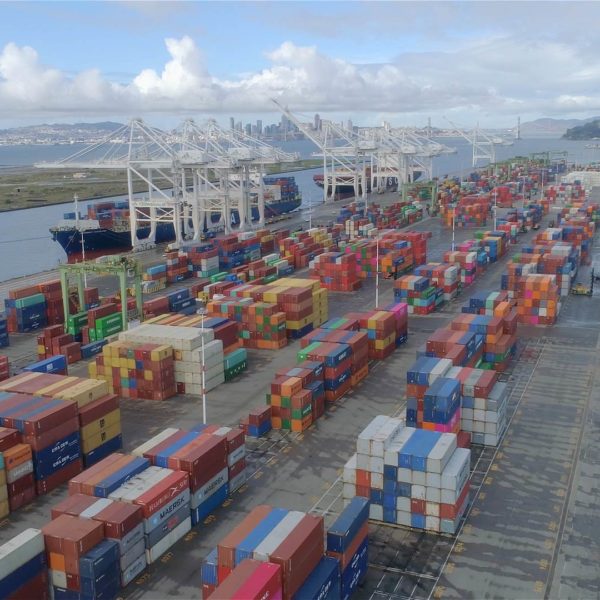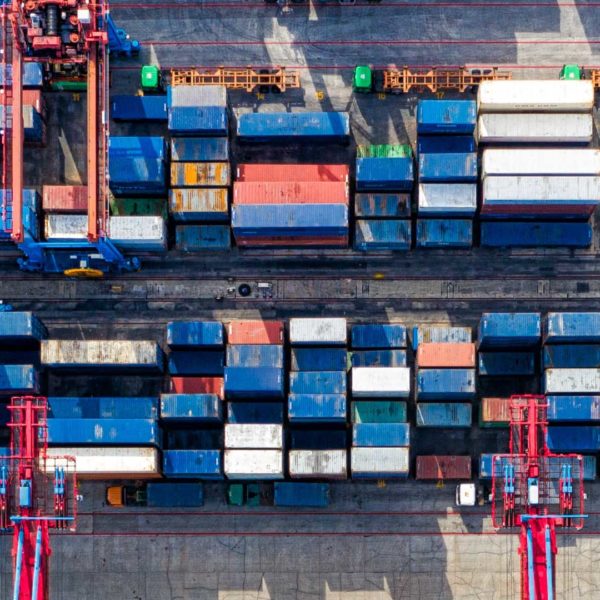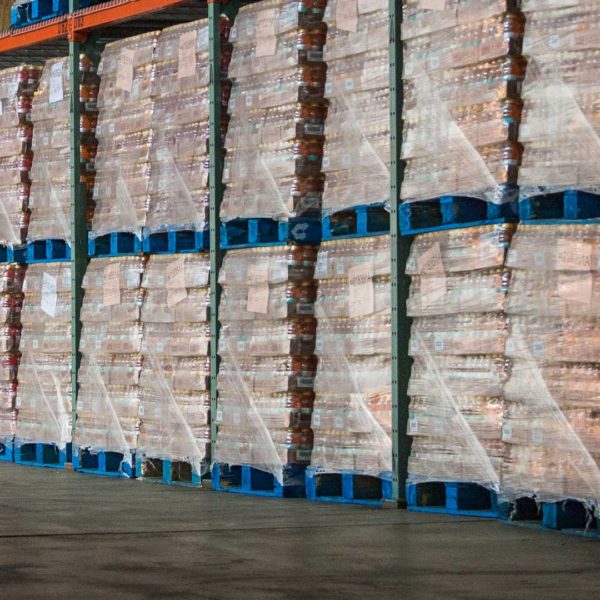Holiday shopping sales just online are estimated to reach 189 billion dollars with total holiday retail sales for 2020 estimated at over $700 billion. While the ongoing coronavirus pandemic has changed the way people buy, fortunately for the global economy, consumer demand is still strong going into the holiday shopping season. For brands, they must prepare and plan carefully how they will maintain inventory and fulfill orders with ongoing supply chain disruptions and more ecommerce demand than ever.
Let’s take a look at some of the challenges and asdasdasd that supply chain managers are using to prepare for holiday sales rush.
COVID-19 Operations
The widespread pivot to remote operations, delivery, curbside service options, and massive shift for many businesses to a reliance on e-commerce has created a shift for firms globally to make sure that consumers can easily buy their services and products online. This is put pressure on many firms as to how to exactly accomplish this. Many businesses have quickly pushed products to third party fulfillment centers, built online stores, and put renewed emphasis on websites in an effort to continue operations in the changing environment. The demand for warehousing, final mile services, and fulfillment capacity has skyrocketed and as a result, so has pricing for these services. Due to the costs of e-commerce fulfillment being higher due to packaging and shipping, product margin is often compressed.
Accurate predictions
Building accurate predictions is incredibly hard in a year like 2020, with many experts earlier in the year estimating that consumer demand will be drastically down. While this was true for several months, demand has rebounded quicker than almost anyone could have imagined going into the third and certainly into the 4th quarter.
Supply Chain managers use prior sales data and supply chain analytics to forecast demand going into shopping seasons, which helps to guide brands as to the amount of inventory needed for different items, historical lead time, and when replenishment orders will need to be placed.
Inventory build up and replenishment can become quite complicated with many brands using a network of overseas factories, which must coordinate their production with available transportation and warehousing space required. Most brands will use a variety of supply chain partners to cost effectively and reliably transport freight to the needed distribution centers. Over the last 10 years, in particular, software modeling has made data analysis one of the most important functions of a supply chain team, which drives major decision making for companies and can drastically affect capital budgets.
As has been the case in 2020, data analytics were in effect wrong, leading many shippers, manufacturing firms and transportation providers to make incorrect assumptions going into the 3rd and 4th quarters, highlighting the importance of accurate assumptions and predictions.

Transportation Capacity Crunch
2020 has pushed many supply chains beyond anything they have dealt with previously as factories and transportation providers have had significant disruptions due to covid-19. The 2nd quarter saw the widespread shutdown of factories, particularly in China, and many ocean shipping companies canceling sailings due to lack of demand. As mentioned above, the general lack of preparedness for the unexpected jump in demand has resulted in transportation firms have less capacity than before, quickly driving up freight rates in a marketplace that is heavily driven by supply and demand.
Shippers, big and small are struggling to cope with freight rates that are many times at minimum 50% higher than before, often doubling between May and July of 2020. Shippers have little choice but to pay the higher rates, as inventory levels are uncharacteristically low compared with historic norms. Many shippers are simply having to wait to move freight as capacity is unavailable out of certain port areas such as Los Angeles/Long Beach.
Even firms that had contract rates in place are often seeing drastic surcharges and carriers refusing to honor the contract arrangement as markets have shifted so dramatically in a narrow period of time. Going forward we expect many shippers to hedge more carefully between short-term contracts, long-term contracts and spot market capacity.
Quickly Adapting to ongoing COVID-19 Pandemic

The new reality of covid-19 producers and precautions has also been a strain for retailers going into the holiday shopping season with many working remote, added pressure on fulfillment, and curbside services firms have struggled to maintain cohesive operations. Many factories, warehouses and retail sites have had to temporarily shut down due to covid-19 spot fires.
For retailers going into the holiday season make sure to clearly communicate covid19 procedures with your staff and customers. Consumers want to know they are safe if they visit your store!
Overwhelming E commerce Demand
In a more normal operational environment, these challenges would all be much reduced with an emphasis on improving “what we did last year”, not having to think and adapt so quickly to a rapidly developing situation.
Parcel carriers emphasize the need for shippers to ship and book capacity as early as possible. Recent predictions also put industry demand at around 80 million parcels moved per day, but FedEx, USPS, UPS, DHL’s total combined capacity at around 7 million packages per day less than demand, meaning that delays are to be expected for many moving e-commerce fulfillment orders with spot or contracted parcel and small package shipping.
LTL and FTL carriers are also experiencing an overwhelming surge in demand, which is simply beyond the capacity many carriers have available.
The industry take away, should be to book transportation services as early as possible, and work with carrier partners to plan shipment volume. This will let your trucking and LTL partners better plan their capacity to align with your needs.
Work with your marketing department to better plan inventory demand curves, for example, expected sales offers on certain items need to be planned between departments to ensure inventory levels are sufficiently high.
We expect transportation capacity to be tight well into 2021 with many firms wanting to increase their inventory levels from 2020 levels.
Zmodal provides comprehensive supply chain solutions that are data based and focused on optimizing your supply chain logistics plan for better reliability and efficiency. We focus on a multimodal approach to building resiliency that is backed by a first class team that provides 24/7 support and the technology to keep your supply chain connected and visible. Our technology provides shippers easy access to convert over the road freight to intermodal. If you want to talk or want a completely free initial consultation, give us a shout!



